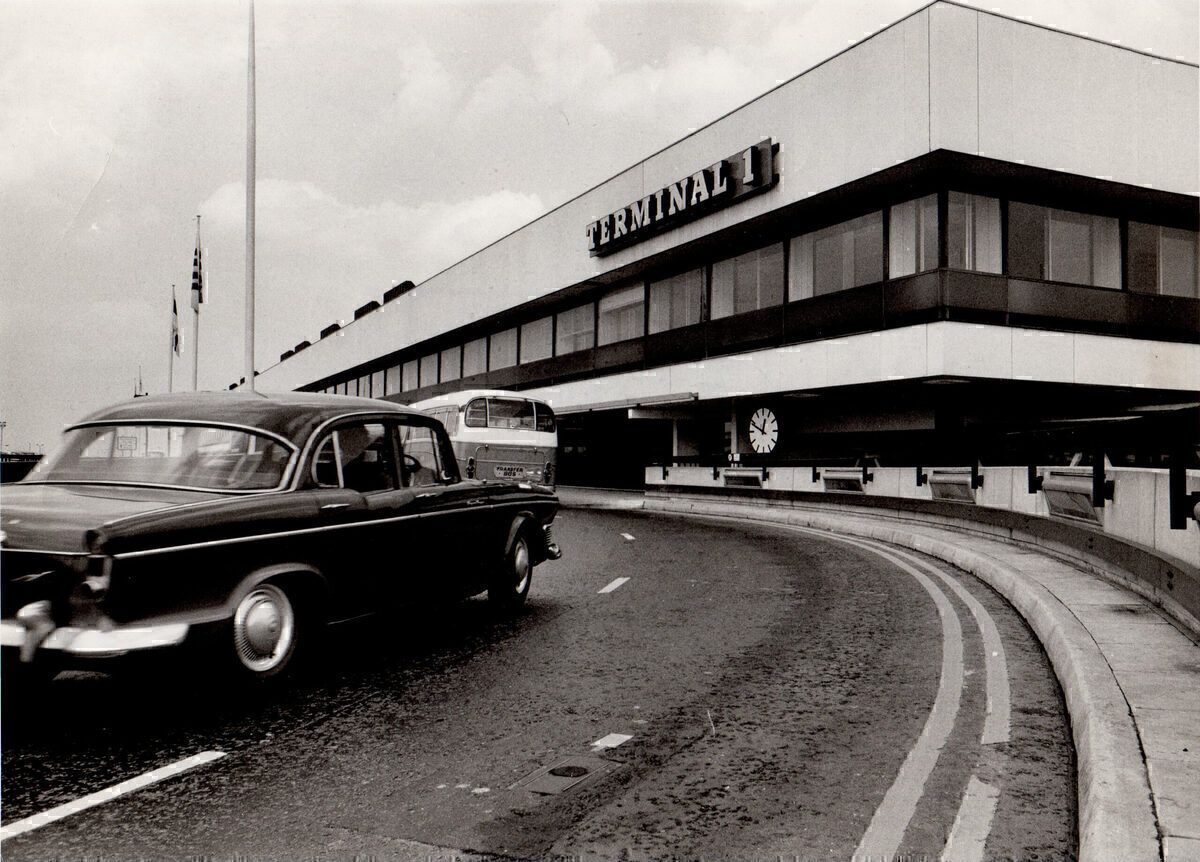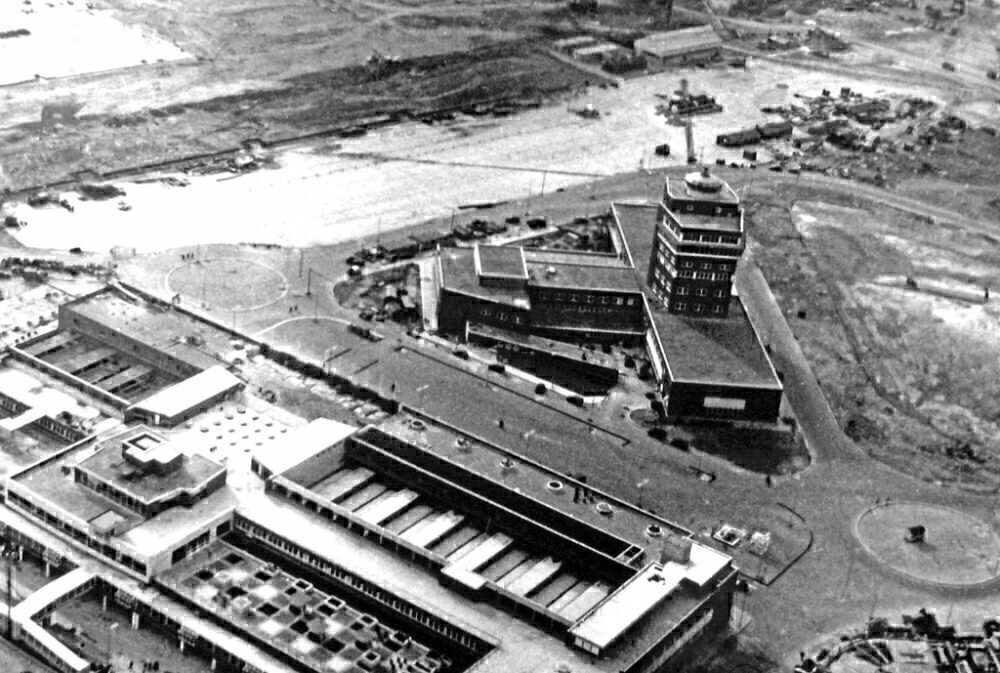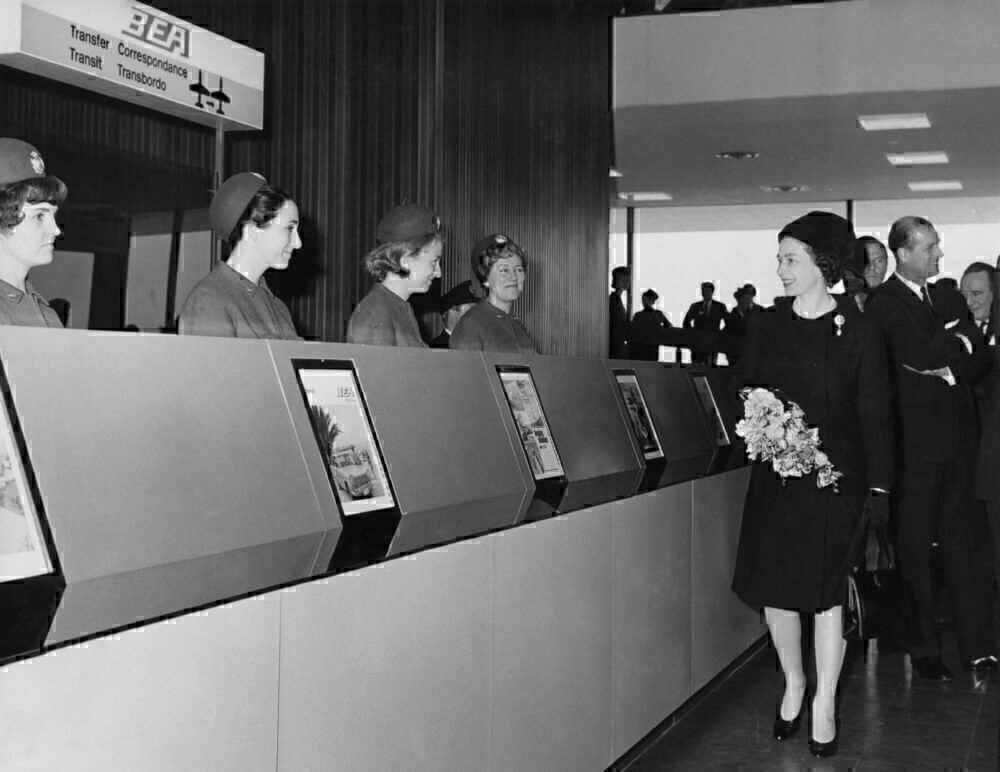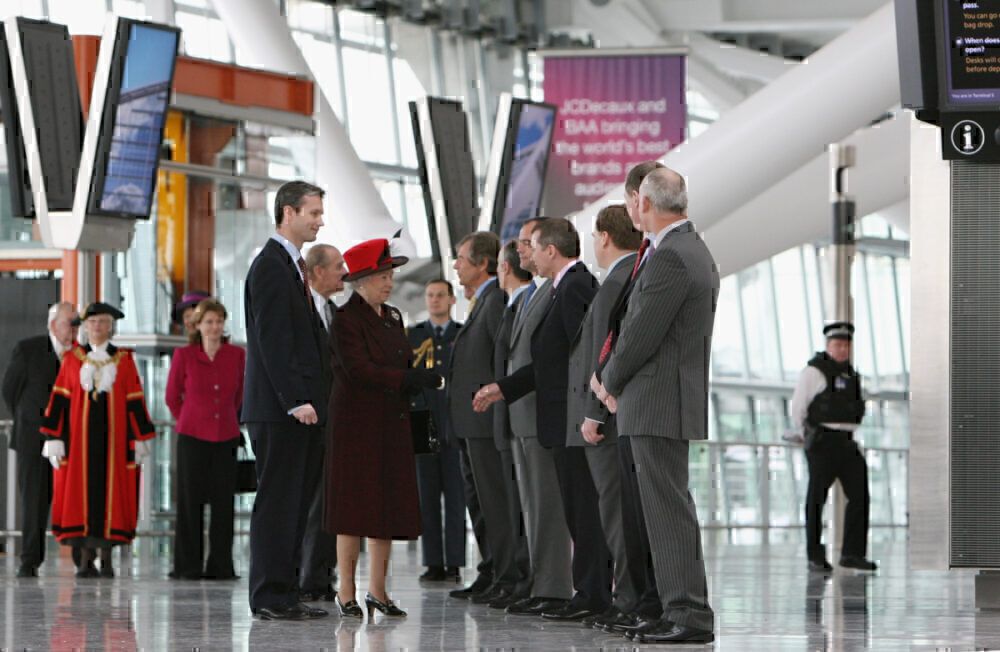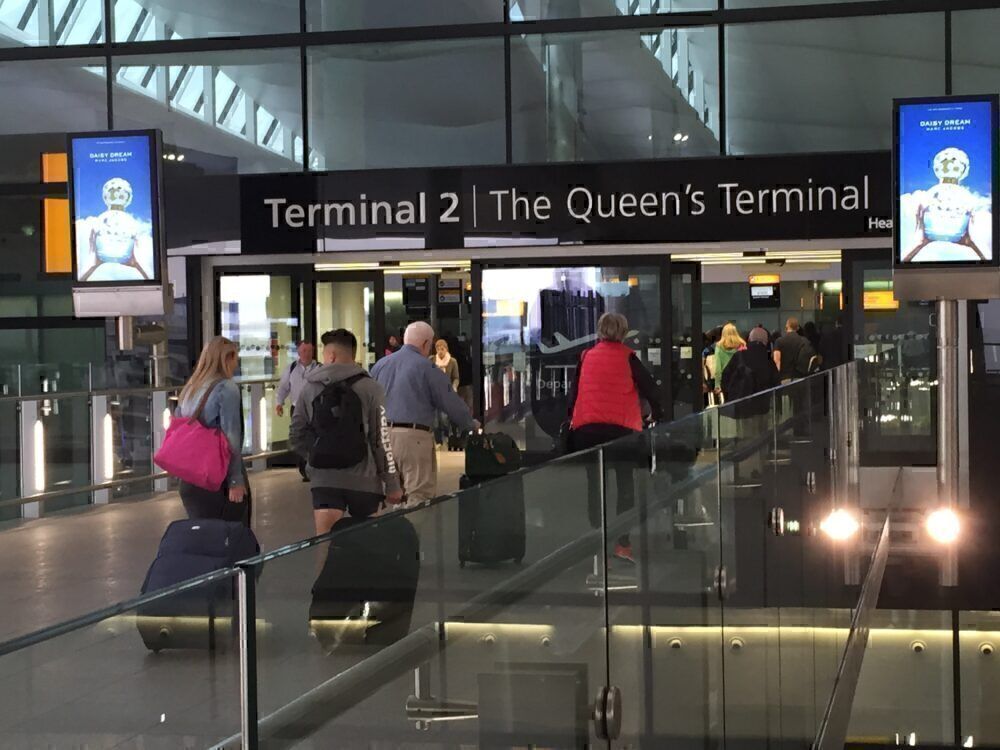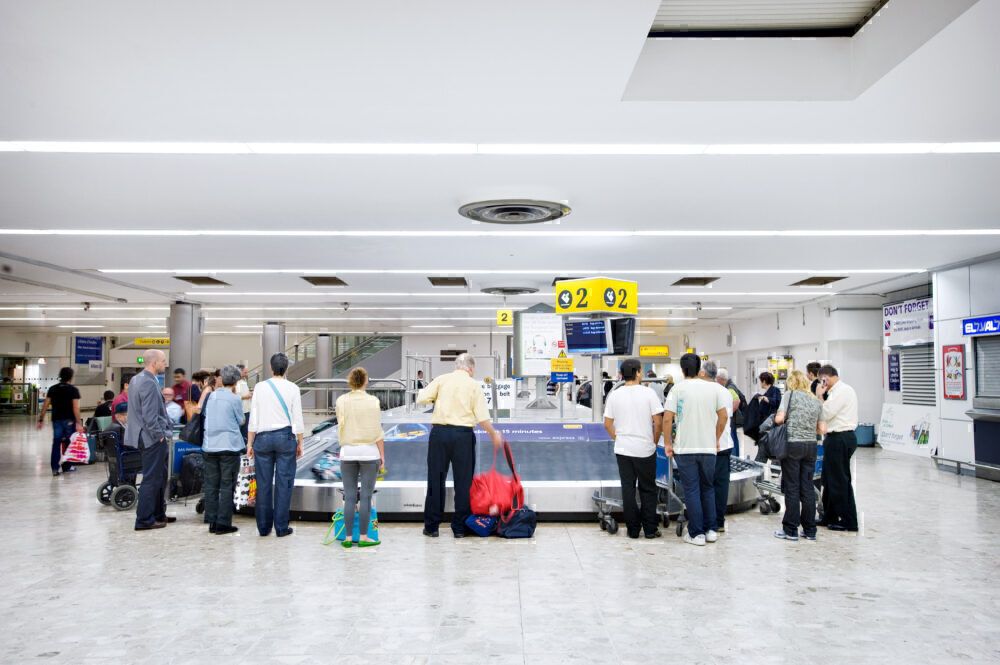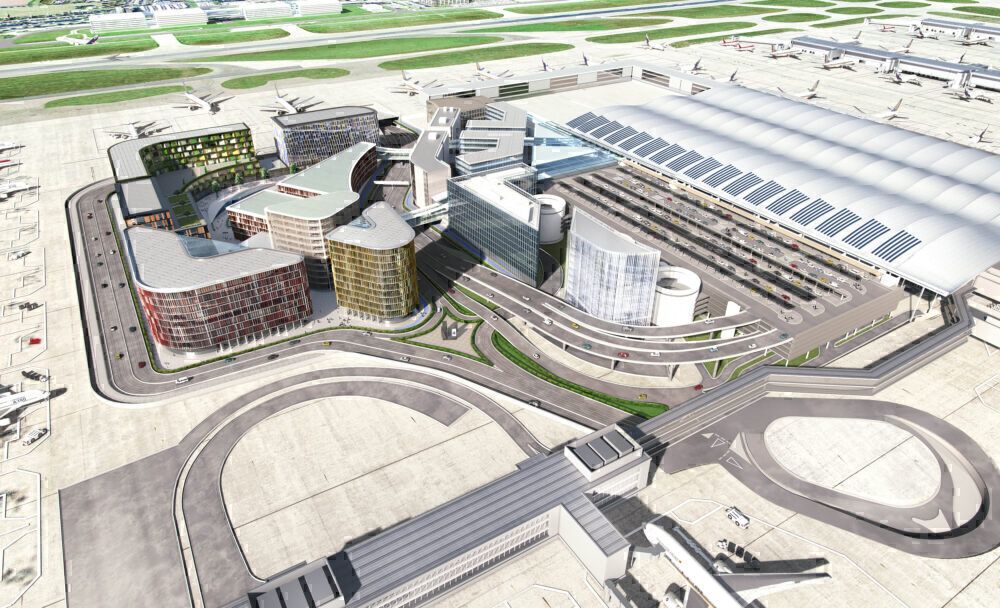Anyone who has traveled through Heathrow airport in recent years will have noticed there is no Terminal 1. The original Terminal 1 closed in 2015, leaving a misfitted numbering sequence that may or may not change as Heathrow develops further.
Heathrow history - a quick look back
Heathrow airport had its origins in 1929, with UK aircraft manufacturer Fairey Aviation setting up a base for flight testing. The Great West Aerodrome, as it was first known, opened in June 1930, but commercial flight traffic remained at Croydon Airport.
It was requisitioned by the military for use during the Second World War and opened as a civilian airport, London Airport, afterward. The first civilian flight took place in March 1946. This was a British South American Airways Avro Lancastrian (a converted military Lancaster aircraft).
The first passenger facilities couldn't really be called a terminal, nor were they ever named Terminal 1. There was just one set of temporary passenger and cargo buildings, converted from previous military marquees, at the airfield's northeast edge.
Stay informed: Sign up for our daily and weekly aviation news digests.
Opening the terminals
Passenger use at London Airport expanded rapidly. According to Heathrow, 63,000 passengers used the airport in its first year (1946). By 1951, this was up to 796,000. With this, better terminal facilities were soon needed.
The first terminal was the Europa terminal, opened by the Queen in 1955. It was extended in 1956, with an additional building for domestic flights. The old original terminal structures and marquees were closed by 1961.
A second terminal, the Oceanic building, opened in November 1961. This would handle long-haul flights and, at first, only operated for departing flights.
In 1968, with passenger numbers up to 14 million a year, a third terminal was opened. The time to sequentially number the terminals had come and this new terminal was named Terminal 1. The Europa building became Terminal 2, and the Oceanic building became Terminal 3.
Terminal 1 was designed by the British Architect Frederick Gibberd, who was also responsible for the original plans for the central area, control tower, and first Europa terminal. At the time of its opening, it was the largest newly-built short-haul terminal in Europe.
Adding more terminals
Expansion continued, and so did the terminals. Terminal 4 (now nicely following in numbering) was opened in 1986 by the Prince and Princess of Wales. It became the base for British Airways long-haul flights. It was built away from the other three terminals as there was no space in the central area.
And Terminal 5 opened in 2008. This became the home of British Airways, with all services from Terminal 4 relocating (although some still remain in Terminal 3 today). Construction required the diverting of two rivers and re-routing major roads at the airport's western edge.
Closing Terminal 2 then Terminal 1
For a while, the airport operated with five terminals. This would soon change, though, with modernization plans for the older terminals.
Terminal 2 closed in 2009 and was demolished in 2010. A replacement Terminal 2, ‘The Queen’s Terminal,’ opened in June 2014.
Terminal 1 was closed in 2015. Its use had been gradually wound down, and at the time of its closure, it was only handling a small number of British Airways flights. Its final flight was BA0970 to Hannover, Germany.
Heathrow CEO John Holland Kaye said at the time of the closure:
“The closure of Terminal 1 marks another important milestone in the transformation of Heathrow. Terminal 1 has served Britain well for nearly 50 years, but will soon make way for the expansion of Terminal 2, giving Britain a world-class airport that we can all be proud of.”
Will Terminal 1 return?
Heathrow is left today with the new Terminal 2, along with Terminals 3, 4, and 5.
The area opened up from the demolition of Terminal 1 will be used to expand the new Terminal 2. This was originally planned for 2019 but has been delayed. There are also plans to widen taxiways to handle the A380.
Further expansion of terminals depends on the plans for expansion at Heathrow. The government's current plans for a third runway were approved but have been held up by environmental campaign groups. They have argued that the expansion plans are unlawful as they failed to take into account commitments to tackle climate change.
These plans would see no new terminals being built initially, but there would be expansion at current terminals. Terminal 3 would be demolished, and Terminal 2 expanded with several satellites (Terminal 2 A, B, C, and D). Terminals 4 and 5 will similarly have new satellite extensions. It would seem likely that terminals would be renamed at some point during this, but this doesn't necessarily mean we will see a new Terminal 1.
Delays to expansion?
But these plans may change or be delayed following the slowdown in 2020. Many things have changed at Heathrow. Terminal 4 has been closed and will remain so throughout 2021. And in October, it was revealed that Heathrow was no longer amongst the top 10 busiest airports in Europe.
Speaking in May 2020, John Holland-Kaye, Heathrow’s CEO, explained how the priorities at Heathrow had changed, and the focus was now on protecting jobs and businesses. According to No 3rd Runway Coalition, he said:
“Whether that [third runway] will be needed, we will have to see how things turn out over the next few years. If we are successful in rebuilding the UK economy, we will be needed that in 10 to 15 years. If not, then I think we’re all in a different world.”
Would you like to share any memories of Terminal 1 or thoughts about the future expansion of Heathrow and its terminals? Let us know in the comments.

